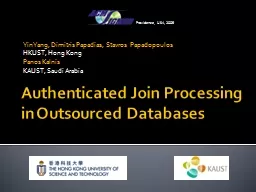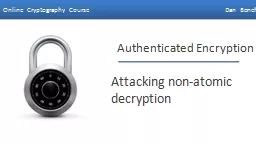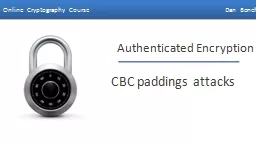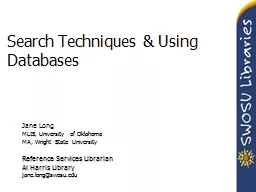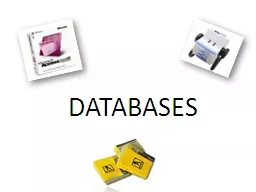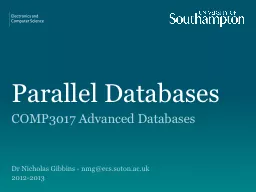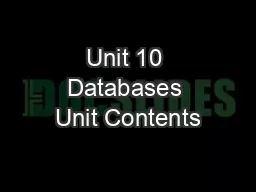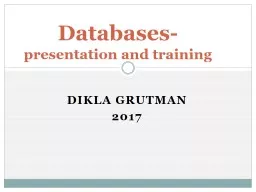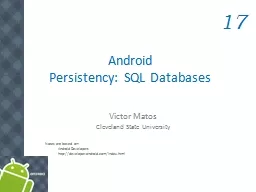PPT-Authenticated Join Processing in Outsourced Databases
Author : tawny-fly | Published Date : 2015-12-08
Yin Yang Dimitris Papadias Stavros Papadopoulos H KUST Hong Kong Panos Kalnis KAUST Saudi Arabia Providence USA 2009 Database Outsourcing Advantages The data owner
Presentation Embed Code
Download Presentation
Download Presentation The PPT/PDF document "Authenticated Join Processing in Outsour..." is the property of its rightful owner. Permission is granted to download and print the materials on this website for personal, non-commercial use only, and to display it on your personal computer provided you do not modify the materials and that you retain all copyright notices contained in the materials. By downloading content from our website, you accept the terms of this agreement.
Authenticated Join Processing in Outsourced Databases: Transcript
Download Rules Of Document
"Authenticated Join Processing in Outsourced Databases"The content belongs to its owner. You may download and print it for personal use, without modification, and keep all copyright notices. By downloading, you agree to these terms.
Related Documents

